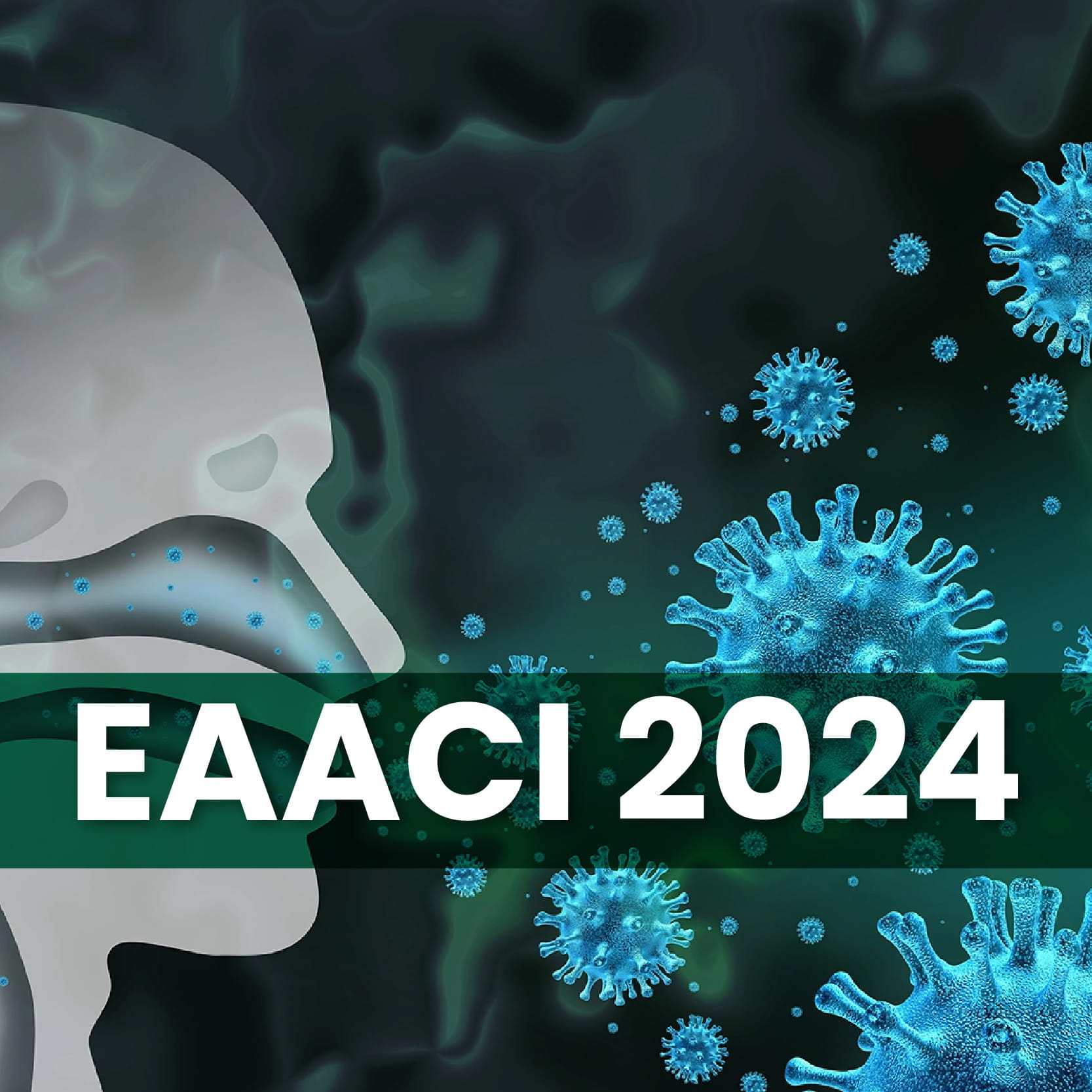Speaker: Dr. Inderbir Gill, United States
Important Takeaways
1. Rapid Adoption in Publishing: AI tools are reshaping academic publishing by streamlining content creation and accessibility, despite ethical challenges.
2. Risk of Fabrication & Hallucinations: AI-generated content can be erroneous or fabricated, posing risks to publication integrity.
3. Pub-to-Post Initiatives: Automated tools convert research articles into accessible formats like social media posts, press releases, and lay summaries, enhancing engagement.
4. CANGARU Consensus: Standardised practices are emerging to prevent AI misuse in research and publishing, advocating for transparency and consistency.
5. Impact of Social Media on Citations: Articles shared actively on social platforms are cited more often, underscoring the importance of digital visibility.
Key Highlights
Growth of AI in Scientific Literature:
AI-focused publications are growing rapidly, with healthcare-related publications increasing by 46% annually since late 2022. Despite this growth, inconsistencies in reporting highlight the need for standardised guidelines. While LLMs are widely adopted for writing, their clinical use remains limited. Regulatory oversight is crucial, especially in healthcare publishing.
Content Fabrication & Hallucination Risks:
AI can generate convincing but inaccurate content, referred to as “hallucination.” Dr. Gill warned that improperly managed AI content could be mistakenly published. A notable example involved an article where an AI-generated prompt was unintentionally embedded in the text and overlooked by journal editors.
CANGARU Guidelines for Responsible AI Use:
The CANGARU (Chat GPT Generative Artificial intelligence & Natural LarGe Language Models Accountable Reporting & Use Guidelines) Consensus, involving over 11,000 academics, aims to establish ethical guidelines for AI use in publishing. These include prohibitions on using AI to identify knowledge gaps, list it as an author, or review manuscripts. The speaker stressed the need for consistent standards across journals, despite differing stances from prominent publishers like Science and NEJM.
Pub-to-Post Tools for Content Transformation:
Pub-to-Post tools allow research publications to be instantly converted into accessible formats such as social media posts, press releases, and multimedia summaries. These automated tools outperform manual efforts, improving readability and engagement, as demonstrated by higher interaction rates than official journal tweets.
Increasing Accessibility with Pub-to-People:
Pub-to-People tools generate lay summaries that meet readability standards and are available in multiple languages, with audio options for broader accessibility. This aligns with EU requirements for clinical trial summaries in plain language, addressing the current gap in journal-generated summaries.
Social Media’s Influence on Citations:
Studies actively shared on social media see higher citation rates, demonstrating the power of digital visibility. Tools like Pub-to-Social automate the creation of social media-friendly summaries, allowing researchers and journals to engage audiences more efficiently.
Dr. Gill reiterated that while AI holds immense potential, it also presents risks, including the generation of fake content and hallucinations, especially if misused. The principle of "garbage in, garbage out" applies, highlighting the need for standardised guidelines to prevent ethical breaches. However, AI can significantly streamline routine editorial tasks, freeing up researchers and editors to focus on more meaningful work. With careful implementation, the publishing industry is poised for a transformative upgrade, and Dr. Gill expressed optimism about the positive changes that lie ahead.
Société Internationale d'Urologie Congress, 23-26 October 2024, New Delhi, India.

.svg?iar=0&updated=20230109065058&hash=B8F025B8AA9A24E727DBB30EAED272C8)

